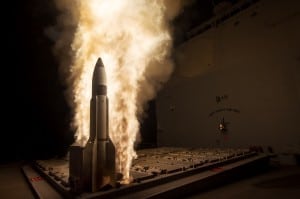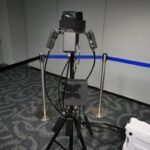
A day after a successful Standard Missile-3 Block IIA flight test, the Missile Defense Agency awarded Raytheon [RTN] $543 million contract for up to 17 missiles for operational testing and initial deployment.MDA and the Navy on Tuesday conducted the second successful flight of the SM-3 Block IIA, paving the way for the first intercept test in 2016.During the scenario, the missile was fired from MK 41 vertical launching system located on the ground at Point Magu Sea Range at Saint Nicholas…












